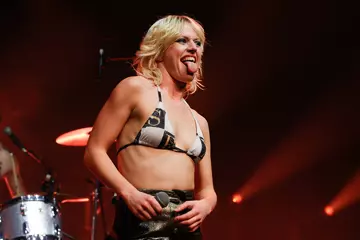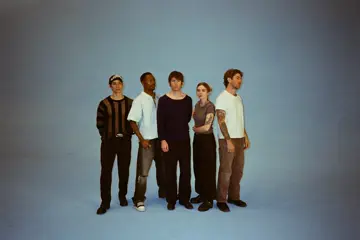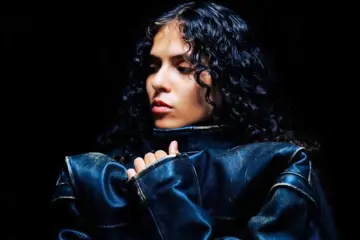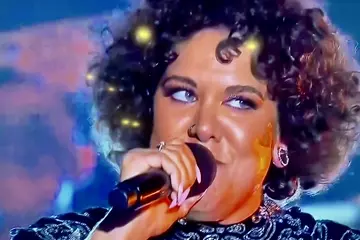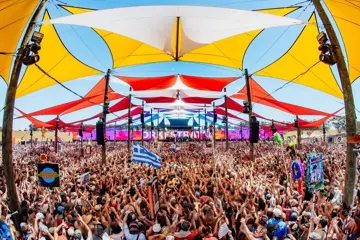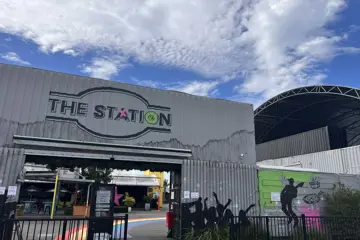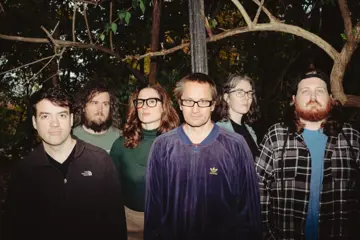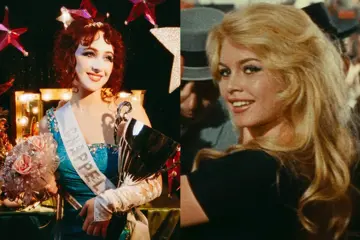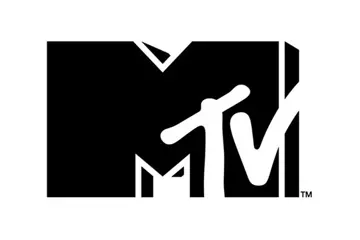Considering the definition of a rabble – noun: a disorderly crowd – 'The Rabble' seems an odd name for the united front presented by Kate Davis and Emma Valente, who founded the theatre company in 2006 (at the time with Syd Brisbane) after meeting 16 years ago at university, and have since taken on everything from Orlando to Frankenstein under the Rabble banner.
We meet in the unusually empty foyer of Belvoir's theatres, in one belly of which their latest project – a typically Rabble-esque take on the tale of Cain and Abel as found in Genesis – is taking shape.
“A lot of people talk about our work in a… I guess, calling it feminist – we call it that ourselves – but it's easy to confuse with a political view as opposed to a perspective,” explains Valente, who will also direct the work. Cain And Abel makes that distinction a little more obvious; it springs from a seemingly simple shift in perspective from which to view the history of violence – what would be different had the first act of violence been committed by a woman; what if Cain and Abel were sisters? And of equal importance, given The Rabble's devised approach – what if those sisters were played by Dana Miltins and Mary Helen Sassman?
“We were looking for an iconic masculine story. There's something about those biblical stories that speaks strongly to the world we live in. They get used a lot, you know, Cain and Abel is right through literature as a very distinct metaphor.”
The ordinary approach for The Rabble is to take iconic images and morph them, but that requires something recognisable in the first place. Unfortunately – or fortunately, as Valente elaborates – the icons for violent females are few and far between:
Don't miss a beat with our FREE daily newsletter
“We really struggled to find those icons – I mean, you look up 'violent woman' on Google and it's just all abused women, you can't find 'the violent woman' – so we decided to make our own, so we're retelling the story as it is recast, and then retelling and abstractly making this alternate history.”
For Davis, who is designing the show, this has meant creating a new iconography for such violence: “Sometimes the most violent images are the images that don't go anywhere near someone physically – you can feel it coming and that's more powerful.”
This isn't to say they're expecting audiences to forget the history they've spent a lifetime learning; they're just shifting the perspective: “There's a strong history of violence against women, and that has to be threaded into it in a way. We realised there is this inescapable iconography of the abused woman, the woman who has had violence inflicted upon her that is so loud,” say Valente.

